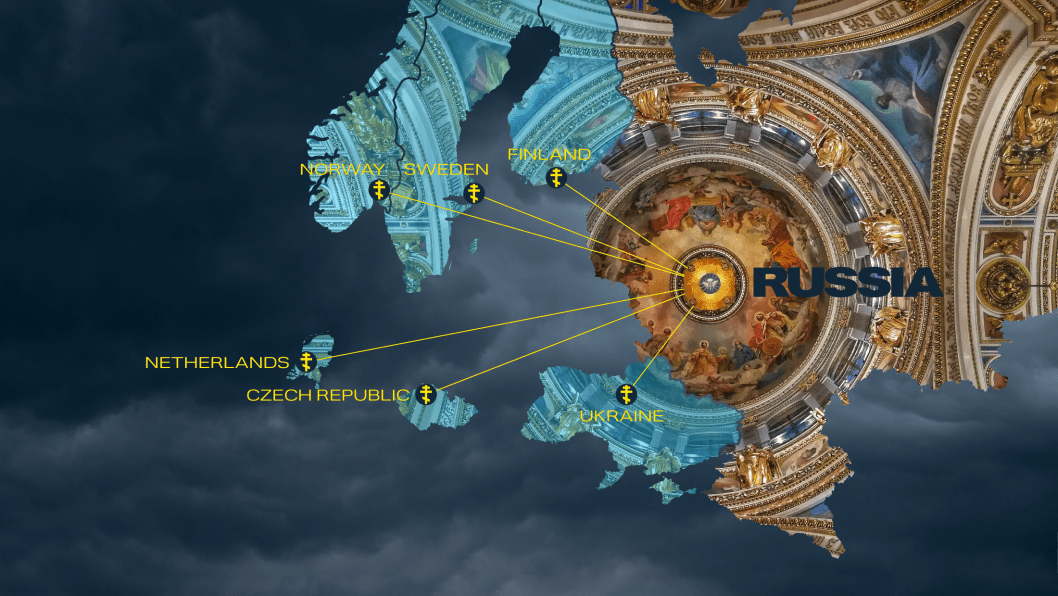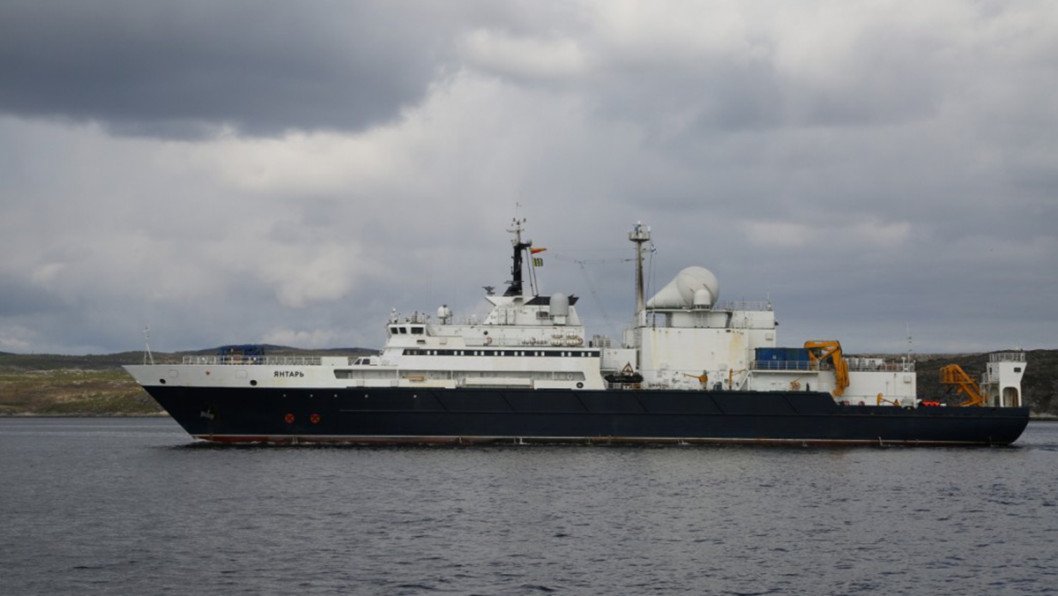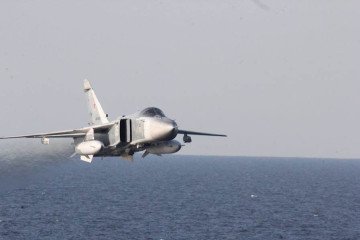- Category
- Latest news
Yachts of Russian Oligarchs Were Used for Maritime Espionage, UK Suspects

The British military has discovered Russian sensor devices in the waters surrounding the United Kingdom, raising concerns about possible attempts by Moscow to monitor the UK’s nuclear submarine fleet and sabotage critical underwater infrastructure, according to an investigation by The Sunday Times on April 5.
The sensors, some of which were found washed ashore while others were located by Royal Navy mine-hunting vessels, are believed to have been deployed to track the movements of the UK’s four Vanguard-class submarines, which carry nuclear warheads and form the backbone of the United Kingdom’s continuous-at-sea nuclear deterrent.
These findings, according to the report, were previously not made public and are considered a potential threat to national security.
In addition to the sensors, the report reveals that unmanned underwater vehicles (UUVs) of Russian origin were detected near key undersea communication cables as early as 2020.
These deep-sea drones, capable of operating for days and covering hundreds of miles, appeared in proximity to vital infrastructure without any nearby support vessels, suggesting long-range autonomous missions.
The UK Ministry of Defense assessed with high confidence that these drones were intended to target or tap into communication lines, although there is no evidence to suggest that damage was successfully inflicted.
As The Sunday Times notes, the UK’s surveillance efforts have expanded in recent years, including the deployment of the RFA Proteus, a deep-sea surveillance vessel commissioned in 2023.
The ship, originally built as a Norwegian offshore support vessel, is now equipped to counter undersea threats, working in conjunction with naval diving and mine-hunting units.

According to the report, the Royal Navy has also documented concerns regarding the use of superyachts owned by Russian oligarchs.
Three senior defense sources told The Sunday Times that, even prior to Russia’s full-scale invasion of Ukraine in 2022, British intelligence had credible evidence suggesting these private vessels may have been used to conduct underwater reconnaissance near the UK.
The design of certain yachts reportedly includes features such as moon pools, which allow for the discreet deployment and retrieval of deep-sea equipment.
One specific incident in 2018 is cited, when the Royal Navy’s amphibious assault ship HMS Albion left a Cypriot port after a large Russian-owned superyacht moored nearby. The ship’s crew suspected it was under observation.
The broader context, according to the investigation, is that Russia has been engaging in “greyzone” warfare — operations that fall below the threshold of conventional armed war — targeting energy pipelines, internet cables, and military communications across European waters.
Senior British defense officials liken the current technological contest to the Cold War-era space race, highlighting the scale of undersea threats.
The report also mentions the role of the Russian Navy’s Main Directorate for Deep-Sea Research (GUGI), which operates specialized submarines and vessels, including the Yantar — a spy ship equipped with UUVs and mini-submarines capable of mapping, tapping, or damaging undersea infrastructure.

In response to growing threats, the UK government is reportedly considering legislative changes to require private technology and energy companies to contribute to the defense of undersea infrastructure.
As part of a broader strategic defense review, initiatives such as Project Cetus and Atlantic Bastion aim to enhance the UK’s capacity to detect and counter undersea threats through autonomous platforms and expanded surveillance capabilities.
Additionally, the UK is working with Nordic and Baltic states under the Nordic Warden initiative, which uses AI to monitor suspected Russian maritime activity, particularly in the Baltic Sea.
According to the report, at least 11 undersea internet cables have been damaged in the region over the past 15 months, some believed to have been targeted by vessels dragging anchors deliberately.
As The Sunday Times notes, British officials are now openly discussing the possibility of reintroducing sea mines to defend against incursions, though no formal proposal has been made.
With increasing defense budgets and expanding cooperation with allies such as Norway, the UK appears to be preparing for a long-term response to what it sees as persistent and escalating undersea threats.
According to the Ministry of Defense, the UK remains committed to protecting its critical infrastructure. “Our continuous-at-sea nuclear deterrent continues to patrol the world’s oceans undetected as it has done for 56 years,” a spokesperson stated.
The Ministry added that it is working alongside NATO and Joint Expeditionary Force allies to ensure that Russian vessels and aircraft cannot operate unobserved near UK or allied territory.
-c6522ae9e5320af1cc92504c0aaa1b34.png)




-72b63a4e0c8c475ad81fe3eed3f63729.jpeg)

-111f0e5095e02c02446ffed57bfb0ab1.jpeg)
